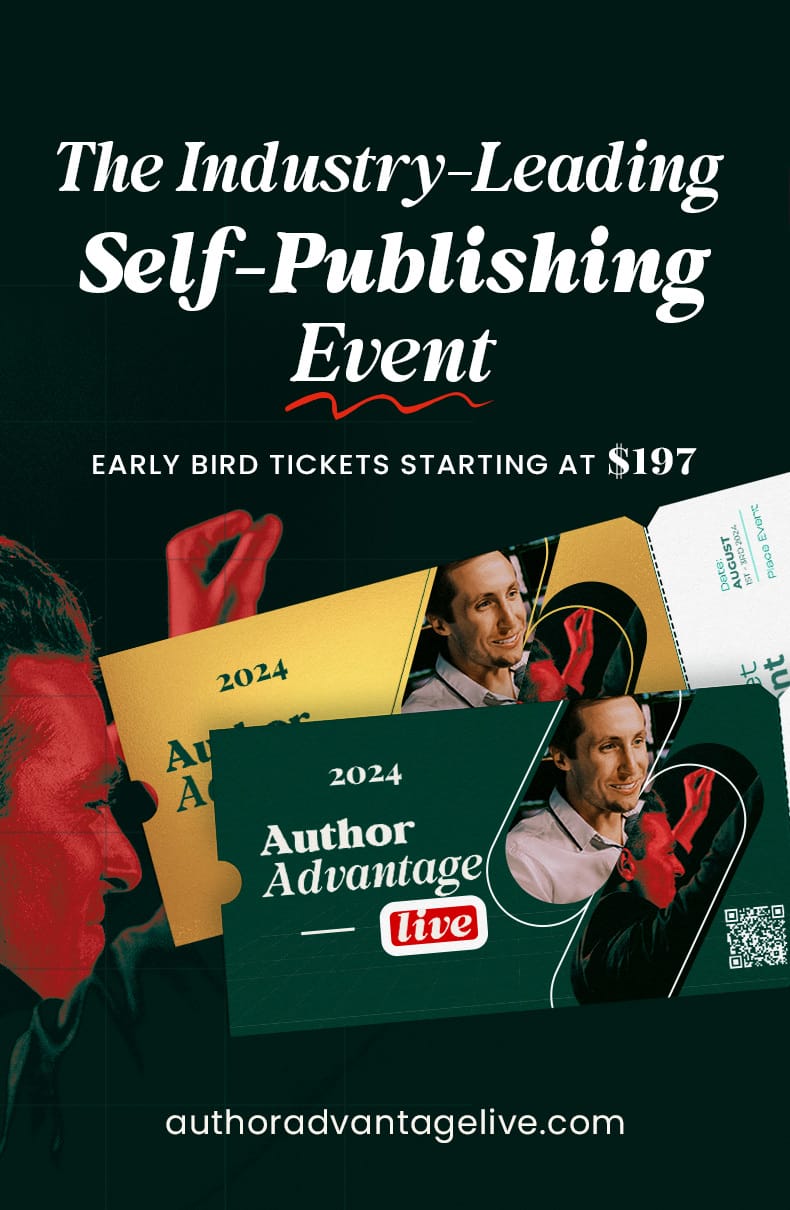This article is a continuation of the series that started with Basics of Book Marketing for the Beginning Self-Publisher, Part 1. This series is derived from an article written for CreateSpace‘s new resource, Marketing Central.
In this second of three parts, we look at marketing as communication, and marketing plans.
Marketing is Communication
First, it is important to understand the difference between marketing and selling, two aspects which are often confused by new self-published authors.
Selling is a transaction: one person pays to acquire a product from another. That’s not what marketing is about, and you’ll be much more successful if you realize that you don’t actually have to sell your book at all.
Your duty as an author/publisher is to market the book. Marketing is communication; the process of taking the ideas you’ve put into your book and communicating those ideas—and your own passion for the subject—to as many people who might be interested in that subject as possible.
How do you communicate about your subject? This is the basis of your marketing efforts, so it makes sense to pay attention to the parameters of your marketing. For instance:
- Identify who your audience is. Who will respond to the subject you communicate in your book?
- Speak to those people in the language/terminology they’re used to using on this subject.
- Elaborate on how your approach to this subject might benefit them. Communicate how they will be informed, entertained, or educated by your treatment of the subject.
- Finally, demonstrate the results by showing how these ideas have changed your own approach to the subject or how they have affected others.
Creating a Marketing Plan
To some authors, this part sounds like going in for dental surgery, and to others it’s the reason they wrote their book. Even if you’re not particularly looking forward to working on your marketing plan, spend some time thinking about these important points. You’ll be glad you did.
First, understand niche marketing. Most indie books that sell well are in niche markets. That is, they may be of interest to only a small segment of the book-buying public, but within that niche they are authoritative, influential, or groundbreaking in some way.
Understanding the niche into which you are publishing is critical for creating your marketing plan. For instance, you will know where the people interested in this subject tend to congregate, online or off, what kinds of books they buy, and what motivates them to want to learn more about your subject. These elements will form the basis of your marketing plan, a step-by-step set of activities that you’ll complete to reach the greatest number of people with your message.
Remember that your message is not, “Hey, I just published a new book, buy it.” Your message is the same reason you wrote the book, more like, “Hey, did you know that you can bake pizza at home? If you’re interested in that kind of stuff, there are recipes and instructions in my new book.”
Also, a big part of your marketing plan is likely to involve social media, and there are great reasons for that. Social media is the easiest, fastest, cheapest place to build buzz. It’s constantly changing as far as features, yet it is consistently a way for people to communicate and network; and that will only increase.
You can read more detailed instructions for creating a marketing plan in Developing a Marketing Plan and Strategy, or choose a Genre-Specific Plan.
Setting Goals
As with most things in life, if you have no idea where you are going, you’re unlikely to know when—or whether—you’ve arrived. That’s why goals are important.
A key part of book marketing is establishing realistic, attainable, and exciting goals. What are your goals? They might be as diverse as:
- Sales targets for a specific number of books sold
- Readership, where sales are less important than spreading your message
- Establishing authority in your field
- Creating a revenue stream
- Persuading others to take action on a social or environmental issue
With each of these goals, you can measure the effects of your marketing efforts to track your progress, and you can read more about goals and planning in other articles at Marketing Central.
Next, you need to understand how to know whether you’re meeting your goals.
[Next: Measuring results and long-term book marketing]
Photo by Victor van Werkhooven This article originally appeared on CreateSpace.com under the title “Basics of Book Marketing.”


